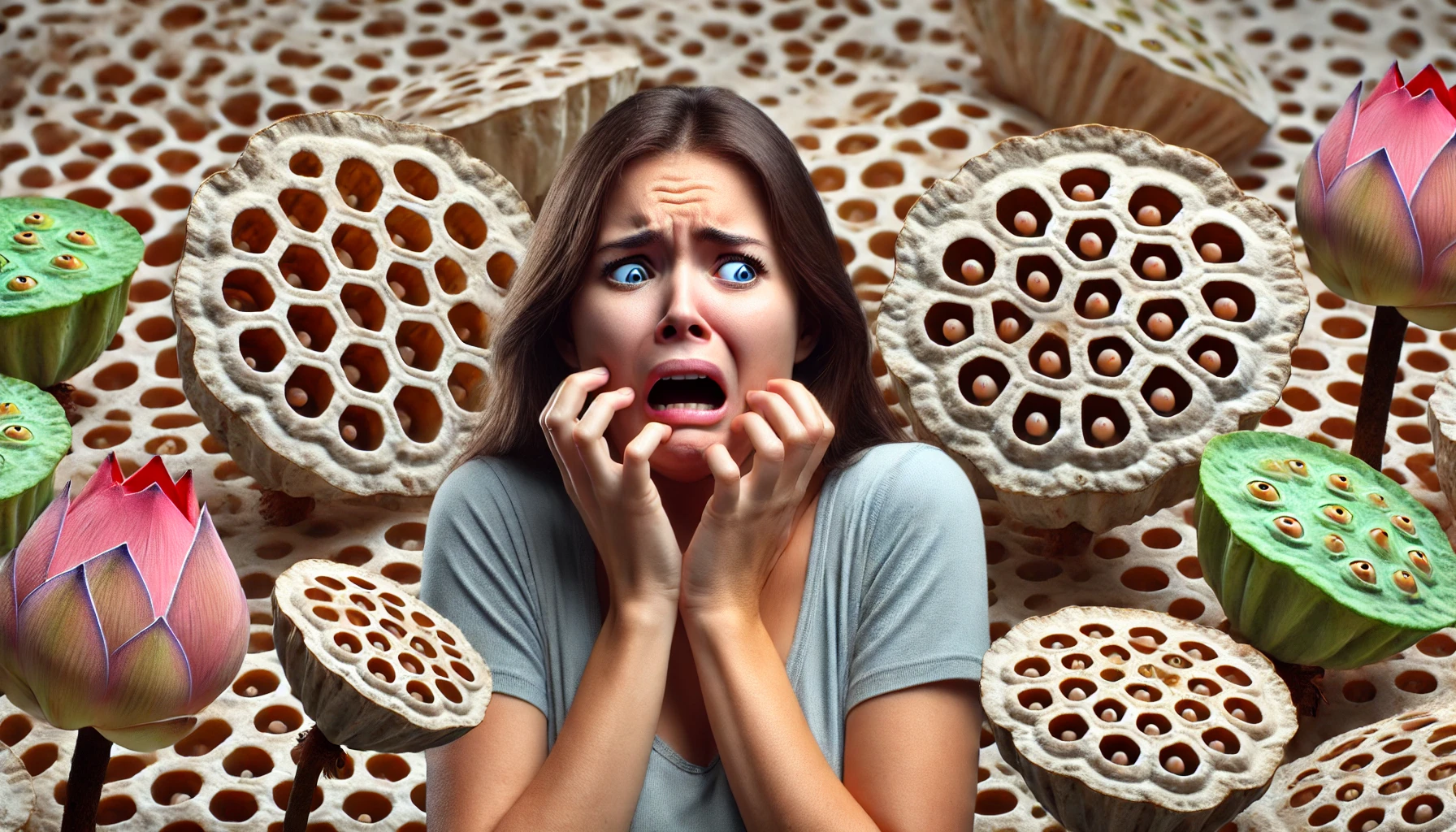This post was written with Consensus AI Academic Search Engine – please read our Disclaimer at the end of this article. Trypophobia, the fear or aversion to clusters of small holes, is a relatively newly recognized phenomenon that has garnered increasing attention in both scientific research and popular media. This condition, characterized by intense discomfort or fear when viewing images of holes, has been linked to various psychological and physiological responses. This article explores the prevalence, potential causes, and psychological implications of trypophobia, drawing on recent research findings.
Prevalence and Demographics
A large epidemiological study conducted in Hong Kong found that the prevalence of trypophobia among young people was 17.6%1. This study highlighted that individuals with trypophobia often experience severe symptoms of anxiety, depression, and stress, which are exacerbated by exposure to personal stressors. The findings suggest that screening for trypophobia in young populations could facilitate early risk detection and intervention, particularly for those with recent stress exposure1.
Psychological and Physiological Responses
Research indicates that trypophobia may not be a traditional phobia but rather a response to specific visual stimuli. A spectral analysis of trypophobic images revealed that these stimuli share visual characteristics with potentially dangerous animals, such as high-contrast energy at midrange spatial frequencies2. This suggests that the discomfort associated with trypophobia may be an evolutionary adaptation to avoid danger2.
An event-related potential study further supports this notion, showing that individuals with high trypophobia proneness exhibit increased parietal late positive potential (LPP) when viewing clusters of holes, indicating facilitated attention to these stimuli3. This heightened attention is primarily associated with feelings of disgust rather than fear, differentiating trypophobia from other specific phobias3.
Clinical Features and Comorbidities
Trypophobia is often accompanied by significant psychological distress and impairment. An online survey of individuals with trypophobia revealed that the condition is chronic and persistent, with common comorbidities including major depressive disorder and generalized anxiety disorder5. The majority of individuals reported experiencing disgust rather than fear when confronted with trypophobic stimuli, suggesting that trypophobia may be more closely related to obsessive-compulsive disorder than to specific phobias5.
Evolutionary and Visual Theories
The discomfort associated with trypophobic stimuli may be rooted in their visual characteristics rather than learned associations with danger. A study involving preschoolers found that the typical visual features of trypophobic stimuli, rather than nonconscious associations with venomous animals, were responsible for the discomfort experienced4. This supports the idea that trypophobia is an instinctive response to certain visual patterns4.
Pupillometry studies have also provided insights into the physiological underpinnings of trypophobia. Images of holes elicited greater pupil constriction compared to images of threatening animals, suggesting a disgust response mediated by the parasympathetic nervous system7. This physiological response further distinguishes trypophobia from fear-based reactions to dangerous animals7.
Cultural and Media Influences
Trypophobia has a unique relationship with dermatology and media. Patterns of clustered holes are often used in horror movies and video games to evoke discomfort, capitalizing on the trypophobic response9. Public health messaging is needed to address the stigma associated with skin diseases that may be exacerbated by such media portrayals9.
Conclusion
Trypophobia is a complex condition characterized by an aversion to clusters of small holes, with significant psychological and physiological implications. While the exact causes of trypophobia remain under investigation, current research suggests that it may be an evolutionary response to visual stimuli associated with danger. Further studies are needed to explore the underlying mechanisms and to develop effective interventions for those affected by this condition.
Disclaimer
The content presented in this blog is generated by Consensus, an AI-powered academic search engine, and is based on publicly available scientific literature. While every effort is made to provide accurate, up-to-date, and well-researched information, the content is intended for informational and educational purposes only. It does not constitute medical advice, diagnosis, or treatment. Always consult a qualified healthcare professional before making any decisions regarding medical conditions, treatments, or medications. The AI system’s analysis may not cover all perspectives, emerging research, or individual cases, and it is not a substitute for professional expertise. Neither the blog publisher nor the developers of the AI-powered search engine are responsible for any actions taken based on the information provided in this content. Use of this information is at your own risk. Citations to the original scientific studies are included for reference, but these studies should be reviewed in full and interpreted with the guidance of a healthcare or research professional.
If you are experiencing a medical emergency, please seek immediate attention from a healthcare provider.
